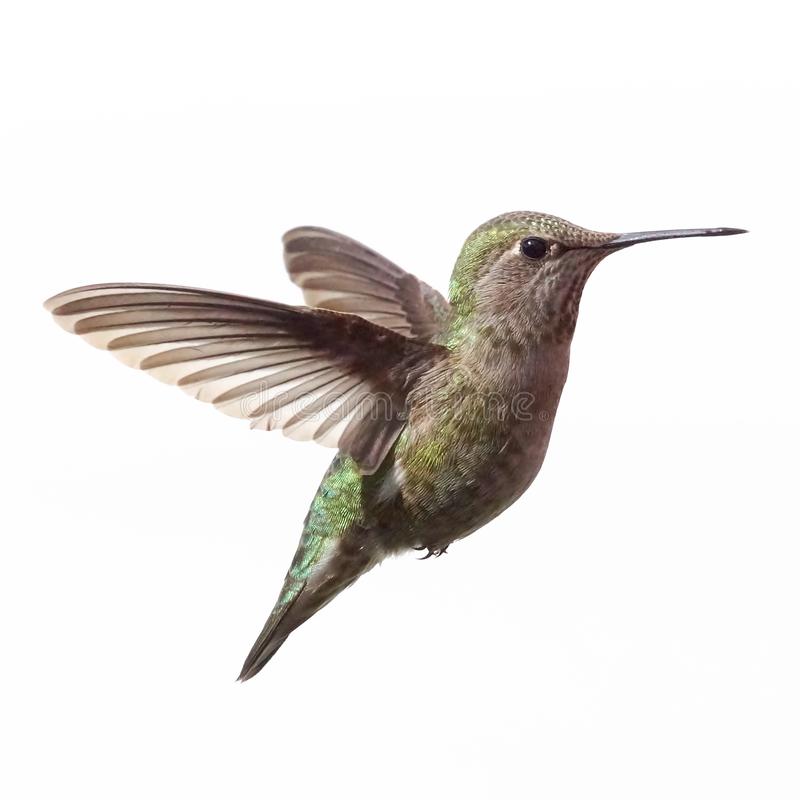Butterflies, Birds, Hummingbirds:
When setting up a butterfly garden you should endeavor to have an assortment of plants and always include both Host plants and Nectar plants. Host plants (such as Milkweed) are where the eggs are laid and when the larvae/caterpillars hatch they feed on the host plant. Nectar plants are plants that adult butterflies feed from. Flowers that have good “landing pads” are a good choice for this such as Zinnia’s or Gaillardia.

When choosing a site to establish a butterfly garden, there are some principles to follow:
• Choose a sunny site
• Preferably viewable from your house to enjoy
• Access to irrigation or water spigot
• Make it 10×10 feet or larger
Butterflies can drink freestanding water however your average bird bath or pond is not adequate for butterflies. Create a “reservoir” with a large saucer or very shallow container and add sand, compost and pebbles or rocks on top. Add water but not so that it is covering the rocks.
For maintenance of butterfly gardens, irrigate responsibly; fertilize responsibly; mulch with 2”-3” Pine bark; maintain but not too neatly- butterfly gardens should be free flowing; add new plants as needed and NEVER use pesticides.
Some choices for butterfly garden plants are:
Larval: Milkweed (Monarch), Passionflower (Gulf Fritillary), Wild Petunia (Zebra Longwing), dill, fennel (Swallowtail)
Nectar plants: Butterfly bush, zinnia, gaillardia, coreopsis, marigold, lantana, porter weed, jatropha, salvia and firebush.
This is by no means a comprehensive list but a good starting point for a starting a garden or adding to an existing one.
Hummingbird Gardening
Artificial feeders will attract hummingbirds. Because feeders can be placed almost anywhere, they increase your opportunities to view hummers from inside your house. However, feeders should not be the sole source of food provided. The sugar solution may appeal to the hummingbirds’ sweet tooth, but it provides little nourishment. Nectar is much more than just water and sugar. If you do use a feeder do not use red food coloring…just sugar and water.

However, a better way to attract them is with plants: here are some suggestions to attract them to your yard.
Perennials: Red Porter Weed, Salvia (many varieties), Bat Face Cuphea, Cigar Plant, Shrimp Plant
Shrubs: Firebush, Bottlebrush, Firespike, Firecracker Plant
Trees: Bottlebrush
Vines: Coral Honeysuckle, Japanese Honeysuckle
One plant that is a great choice for both hummingbirds and butterflies is Fire Bush. There is a native variety that can grow tall but there are also dwarf varieties. This plant is a particular favorite of the Zebra longwing butterfly and hummingbirds love this plant as well.
Of course, if you don’t have the time, energy or space to create a brand-new garden, adding in some of these plants to existing gardens will still attract the beautiful butterflies and hummingbirds that we all love!
Want to attract birds to your garden? Adding larger shrubbery or trees to provide cover and nesting areas will help. Food sources such as hollies, Cherry Laurel, Japanese Blueberry (Eleocarpus), Ligustrum or Eleagnus will also attract birds. Add in a bird bath with some cover close by for the birds to duck into and you will have a bird habitat!